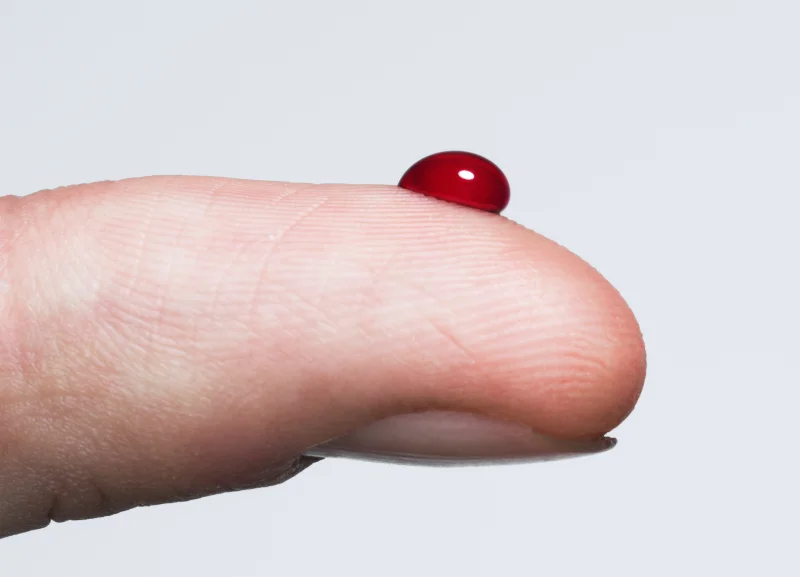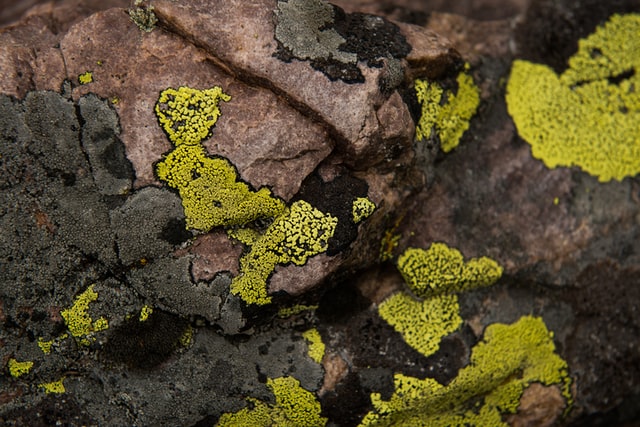
Bleeding Type and how to stop them
In every external bruise bleeding is a common phenomenon. Most of time, bleeding is stopped by body itself but in other cases it becomes necessary to stop it.
ARTERIAL BLEEDING
The function of the arteries is to carry oxygenated blood away from the heart and toward your internal organ. The oxygen is then absorbed by the organs and the veins carry oxygen depleted blood back to the heart.
Because the blood pressure inside the arteries tends to be much higher than that in the veins, a major arteries rupture can results in the same fairy obvious and dramatic bleeding.
Because it’s heavily oxygenated, arterial blood is said to be bright red.
TREATMENT
Because of the high pressure and therefore rapid loss of blood, arterial bleeding is the most dangerous and often the most difficult to control.
To treat arterial bleeding, happy direct pressure. If the patient is able, ask them to hold a thick pad or dressing in place while you secure it with roller gauze. Do not lift the dressing to see if the bleeding has stopped. If you want to see if it has stopped, lift your hand away from the dressing to see if blood is seeping through.
VENOUS BLEEDING
The job of the veins is to carry deoxygenated blood back to the heart. The blood pressure in your veins is lower than that in your arteries so an injury a major vein may cause blood to ooze out rather than spurting out in dramatic fashion.
TREATMENT
While venous bleeding is not as quick and dramatic as arterial bleeding, it is just as serious. As with arterial bleeding, the best way to treat it is to apply direct pressure with a clean pad or dressing
CAPILLARY BLEEDING
The tiny capillaries are the smallest blood vessels in the body and are only 5 to 10 micrometers in diameter. They exist close to the surface of the skin, as well as inside organs such as your eyes and your lungs.
Most of the time, capillaries bleeding will simply stop on its own. However, you cn apply a pad or clean bandage to help stop the flow of blood.
TREATMENT
Capillaries bleeding might not seem like a big deal, but it is worth taking seriously. If the blood flow does not stop and the wound continues to bleed even when under pressure, or the patient feels dizzy, nauseous, or is having trouble standing, you should always call emergency services as this might be a sign of a more serious issue.

